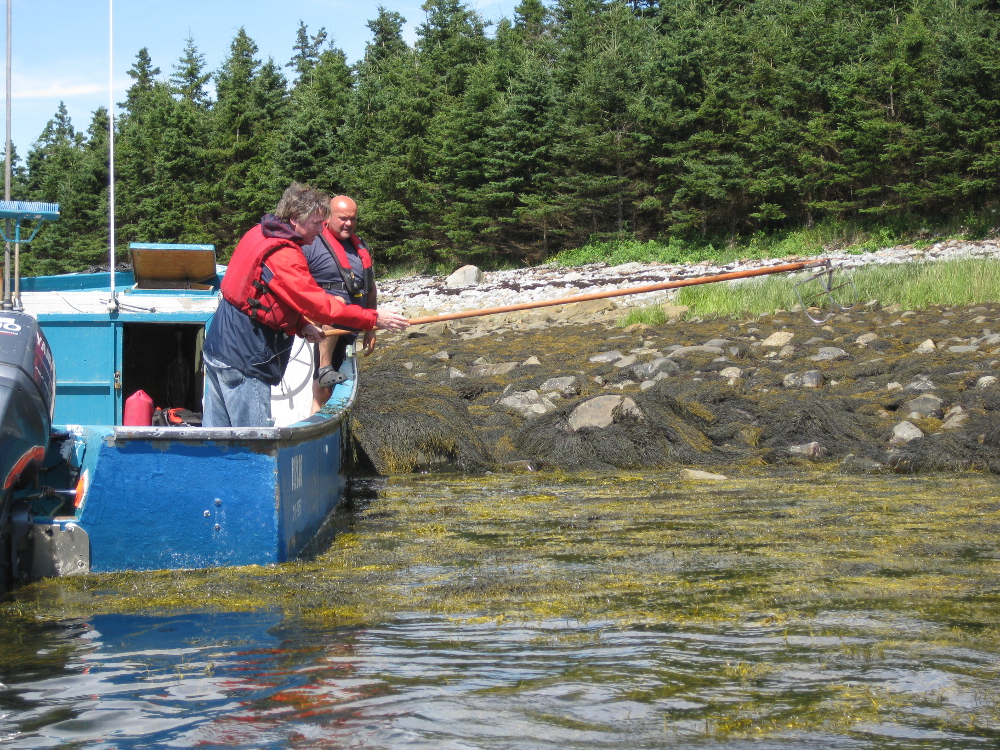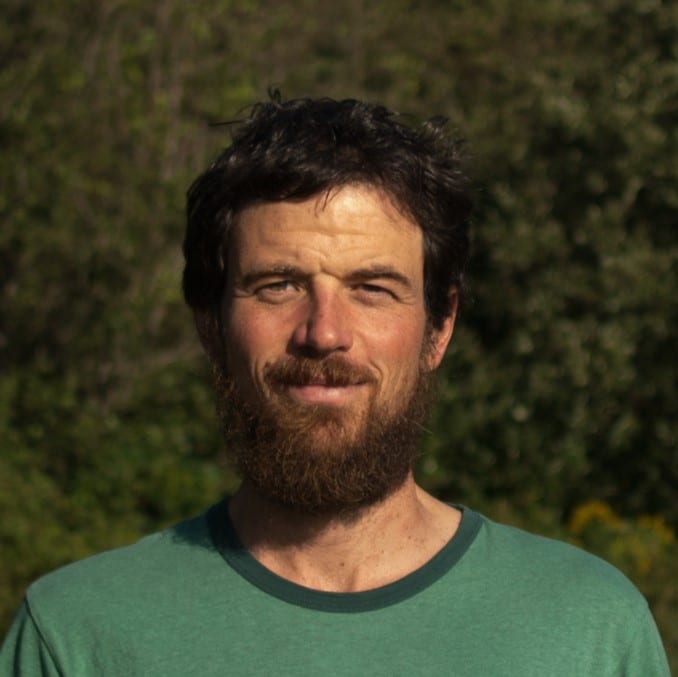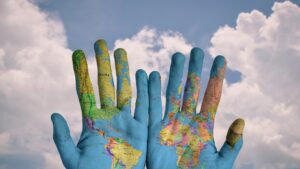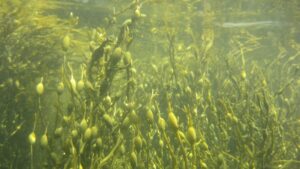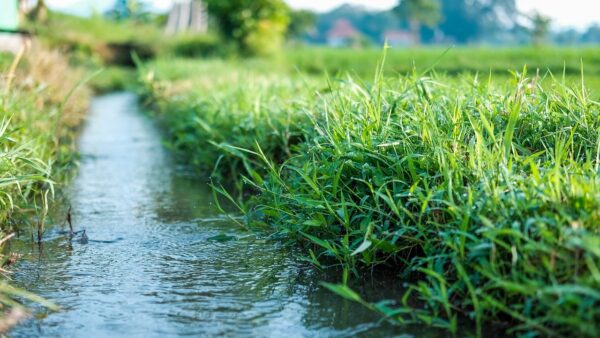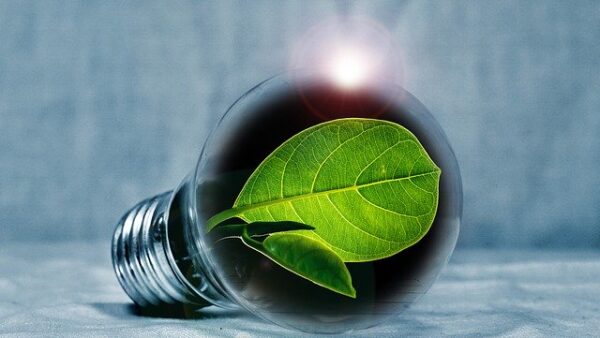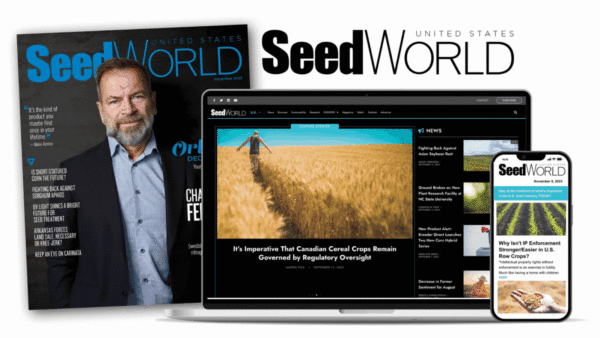Almost three-quarters of the earth’s surface is covered by ocean. With the world’s attention focused on environmental health and sustainability, including biodiversity in international waters, initiatives like the UN Biodiversity Conference this past December saw several nations commit to protect 30% of areas under their own jurisdiction by 2030.
As a company innovating in the biostimulant space, Acadian Plant Health makes ocean health its priority. For many years, we’ve been working to conserve and sustain the ocean and the connected marine ecosystems on the North Atlantic coast of Canada.
Apart from being ecologically important, one of the seaweeds growing there (known as Ascophyllum nodosum) has been identified as a commercially valuable species, used in agriculture for crops, animal feed as well as human wellness products.
There have been concerns about the impact of seaweed harvesting on the environment in the creation of biostimulants. It’s important to dispel misconceptions surrounding this practice.
Contrary to popular belief, harvesting of Ascophyllum nodosum used in our biostimulants does not result in the clear-cutting or destruction of shorelines. Careful harvesting techniques ensure that ample seaweed remains, with minimal observable impact to the casual observer.
The key to sustainable seaweed harvesting lies in its remarkable ability to regrow and recover from harvesting activities. If not cut too short, Ascophyllum nodosum possesses the unique capability to quickly regrow, ensuring the continuity and thriving of the population over time. This regrowth process is essential for the long-term sustainability of seaweed harvesting practices.
To accurately assess the seaweed population, we employ quadrats — specifically sized square frames — in our fieldwork. These quadrats help us measure seaweed biomass density and estimate the overall bed biomass. Furthermore, we utilize multispectral satellite imagery used in many areas of agriculture, to map seaweed beds. By combining field data with satellite imagery, we can accurately calculate seaweed quantities in each harvesting sector and evaluate its productivity and regrowth rate.
Harvesting the seaweed involves small boats equipped with cutter rakes. The seaweed contains air bladders that allow the seaweed to stand erect/float in the water column, this allows harvesters to cut it around high tide. This process minimizes disruption to the surrounding ecosystem.
In the harvesting regions, sustainability is ensured through a licensing system. Coastal areas are divided into leases, with only one company permitted to harvest a specific lease at a time. Each sector within a lease adheres to an annual harvest limit, to maintain a sustainable equilibrium.
At Acadian Plant Health, our success as a company relies on the long-term sustainability of the seaweed resource. Our commitment extends beyond the sustainability of the harvested species to encompass the entire ecosystem.
Through responsible harvesting practices and a holistic approach to ecosystem preservation, we can ensure that the benefits of seaweed extend far beyond our own needs, safeguarding the health and balance of our planet for generations to come.


